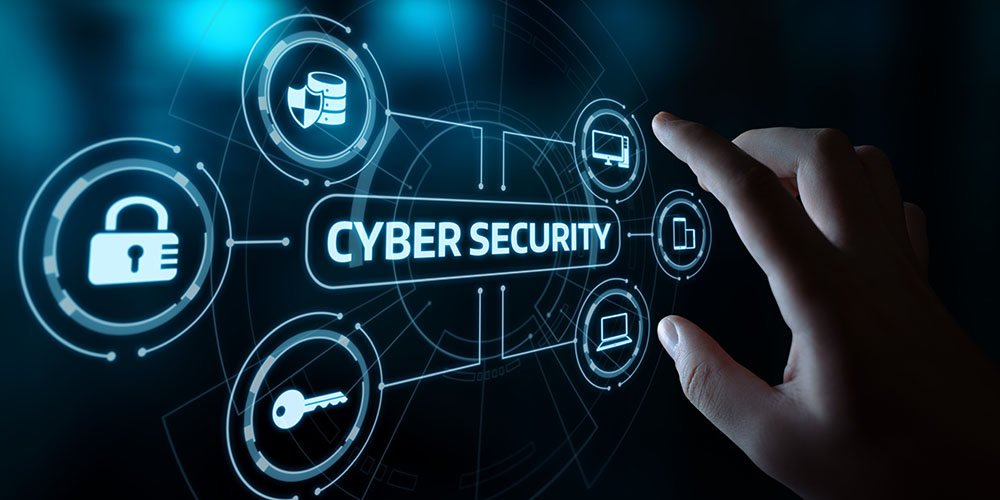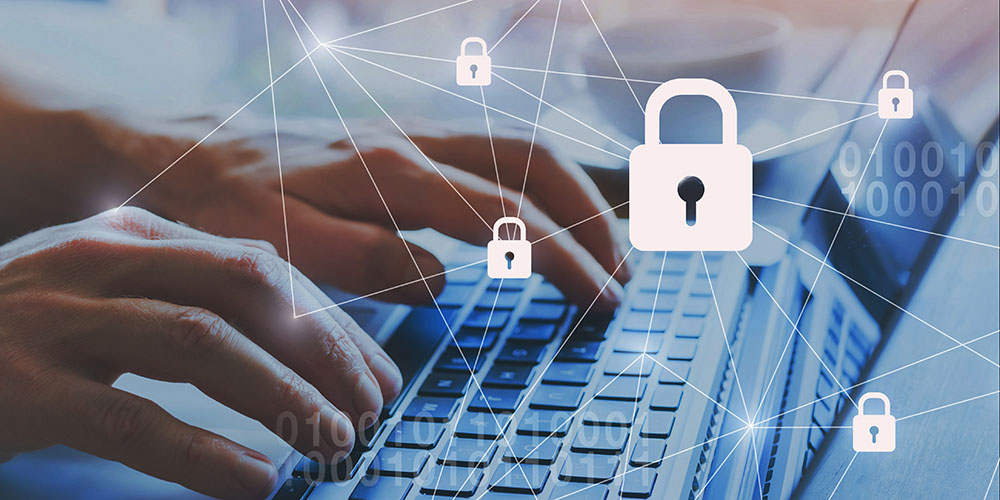
Dec 6, 2019 | SMB Technology, SMB Technology, SMB Technology, SMB Technology, Technology News
Last year at this time, it was predicted that technologies like 5G and Internet of Things would be developing trends. This is still true. According to a survey by CompTIA, the global tech industry is set to grow at a rate of 3.7%, reaching $5.2 trillion. The United States technology market accounts for nearly a third of that, with an expenditure of $1.7 trillion expected in 2020. Read on to learn more about business’ approach to the adoption of these new technologies. New Technologies Making Inroads in 2020 While technologies of infrastructure and software development (Internet of Things and Artificial Intelligence, respectively) will continue to gain ground, for many businesses they are secondary to the infrastructure and software development that already exist. Some other emerging technologies mentioned by CompTIA include software development (Software as a Service, for instance) and big data analytics. These technologies that are coming to the fore may drive revenue growth, once they are integrated with already-present technology to create innovative solutions. The Four Pillars of Information Technology According to an IDC survey, companies plan to orient their technology spending to four “pillars” of information technology: software development, cybersecurity, data, and infrastructure. Of the companies surveyed, 57% plan to focus on software development. With the infrastructure already in place, along with the users and connectivity being available, U.S. companies can focus on developing the software and services supported by this foundation. Cybersecurity follows close behind, with 51% of surveyed companies focusing on expanding their defenses against cyberattack and establishing internal processes and policies to keep their operations secure. A portion of companies (47%) will choose to...

Oct 3, 2019 | SMB Technology, SMB Technology, SMB Technology, SMB Technology, Technology News
October is National Cybersecurity Awareness month, a “collaborative effort between government and industry to raise awareness about the importance of cybersecurity, and to ensure all businesses have the resources to be safer and more secure online.” This year, according to the US Department of Homeland Security, the emphasis is on a proactive approach. Read on to learn more about various aspects of cybersecurity. Develop Awareness of Current Security Threats The more technology advances and expands, the more places an attack can occur. Cybercriminals are growing more clever and resourceful, and know how to insert malware, or a bot that can mimic human activity. There are also phishing schemes, wherein an attacker can send an email persuading an unwitting employee to share confidential data. Weak spots in a network are subject to exploitation as well. Many companies, according to CompTIA, think that security is “good enough,” and haven’t yet dedicated much of their budget to maintaining cybersecurity. However, your business doesn’t have to be one of them. There are steps you can take, starting with an assessment of your network’s security. Take an Inventory of Current Protections What is your current level of security? Take stock of your business’s protection, starting with the computer network. Are there any weak spots or vulnerabilities needing to be patched? Make sure that you have the most current operating system patches. Also ensure that your antivirus and anti-malware definitions are current, to block attackers from infiltrating your system. Map all devices connected to your network, including ones operated by staff working remotely to make sure that those points are safe. Do your employees know...

Sep 17, 2019 | SMB Technology, SMB Technology, SMB Technology, SMB Technology, Technology News
October is Cybersecurity Awareness month and knowing this can serve as a wake-up call to protect your company’s data, networks and systems from internal and external hazards. Read on to learn more about protecting your business. Cybersecurity—An Overview The overall goal of cybersecurity is protecting a business’ computer systems from attacks and intrusions, and your data safe from loss or compromise, preserving your business’ revenue and reputation. While natural disasters are always a factor–and preparing for them is a piece of the IT security puzzle—manmade hazards like viruses and malware are just as important to guard against Cyberattack. Not only that, phishing attempts—emails designed to get an unwitting recipient to supply private information—are a common threat. Fortunately, plenty of protections are available to help safeguard your business’ technological assets. Tools Can Help Keep Your Business Secure Many resources are there to help you protect your business and its network. Antivirus and anti-malware definitions, kept up to date, can guard your system against the newest threats. Operating system patches can protect weak spots in your system and should also be as current as possible. Network monitoring helps keep track of possible intrusions as well as bottlenecks that slow down data transmission. Last, but not least, your staff can be a key part of your strategy, if they are trained to recognize potential hazards. Enlist Your Employees in Fighting Cyber Attacks Your human resources have the potential to be a resource in maintaining the information security of your business. If well trained, in what to recognize and how to report it, your employees can protect you from an attack. Impress upon...
Dec 13, 2016 | SMB Technology, Technology News
It is no surprise, technology flattens the world for many businesses. What’s more, nearly every business sector finds it necessary to collect, maintain, analyze, and monetize user data. Many think Cybersecurity risks only apply to highly regulated industries, such as legal, healthcare and financial services. Cybersecurity Risks Go Beyond Borders Factors outside industry, including geographic considerations and sensitive consumer data, can create cybersecurity risks that need to be managed. These factors run the gamut of domestic and international laws, regulatory bodies, and private-party business agreements. Cybersecurity compliance can touch every business to some degree. Internet of Things (IoT) and Cybersecurity Adding to the list of concerns are non-traditional technologies entering your businesses network. IP-enabled technology called Internet of Things (IoT) is rapidly being adopted in the workplace. The Cybersecurity threat is moving beyond desktops, laptops and services. A new generation of mobile devices–Point of Sale (POS), IP video surveillance, embedded sensors, VoIP, and others–is just the first wave of emerging technologies that need to be secured. How to Minimize Cybersecurity Risks There are many things a business can do to reduce Cybersecurity threats. According to the Computing Technology Industry Association (CompTIA), the following elements are the building blocks for a cybersecurity program: Documented policies, procedures & standards Asset management Identity & access controls Risk management Vendor management Physical & environmental security Compliance Privacy Remote access Data backups Data destruction Cybersecurity threats are a reality of today’s world. The risks of data compromise and/or loss can cost more than dollars; such risks can cost your reputation. Your business is only as secure as your Network. If you have questions about...
May 18, 2016 | SMB Technology, Technology News
How secure is your network? A recent study by CompTIA links human error as the primary cause of security breaches. In fact, human error is at fault 58 percent of the time, as compared to technology error occurring 42 percent of the time. This survey of over 1500 business and technology executives points to the need to teach staff the importance of Network Security. Common Cybersecurity Threats Today’s businesses rely on a number of Cloud Services to maintain competitive edge, agility and efficiency. These applications run on a variety of devices including tablets, smartphones, and other mobile devices. Failure of employees to keep up with threats from social media and mobile malware can impact the security perimeter of your business. The more your employees know of the risks, the more likely they are to follow policies and procedures to help avoid compromise. Network Security Risks Big companies are big targets. Larger organizations may have big databases of customer information that may entice hackers to strike. However, larger organizations may have sophisticated threat detection to identify security breaches so they can respond quickly to a cyber attack. Alternatively, threats at smaller companies may go undetected. While the amount of data may not be as large, hackers may view smaller organizations as easy targets. What’s worse, smaller organizations may be less likely to recover from a privacy breach. Security Training for Your Staff There is a range of topics to address within your company. It is important for your team to understand the range of threats that can compromise your company data. Antivirus, Malware, Phishing and even SMS Phishing (SMISHING) are...




